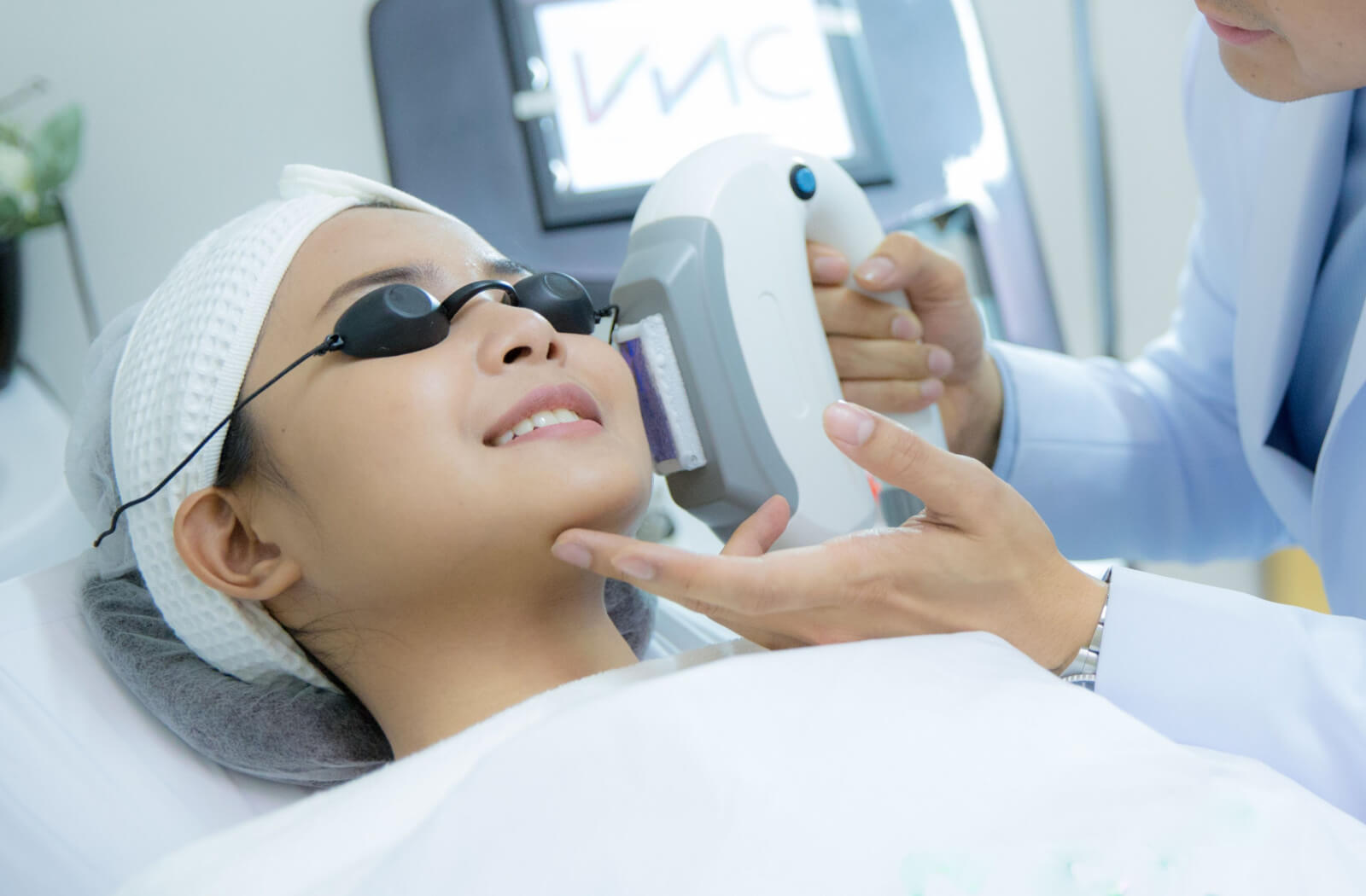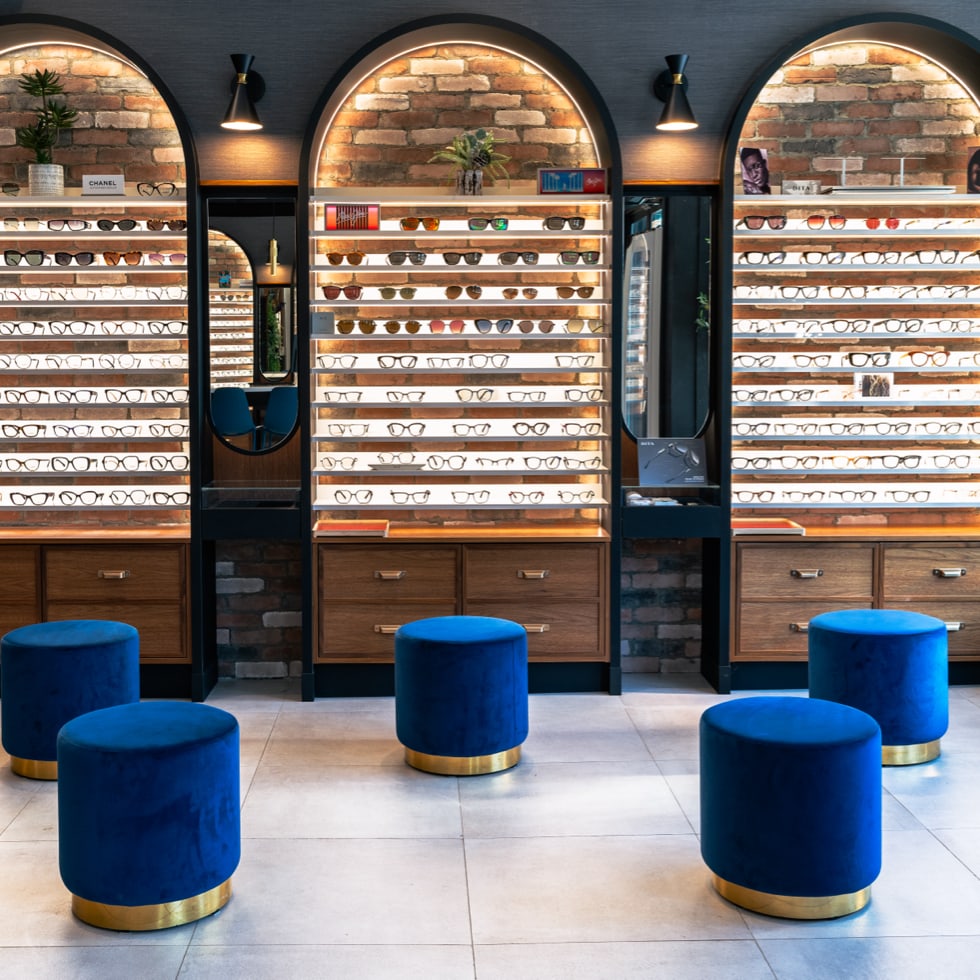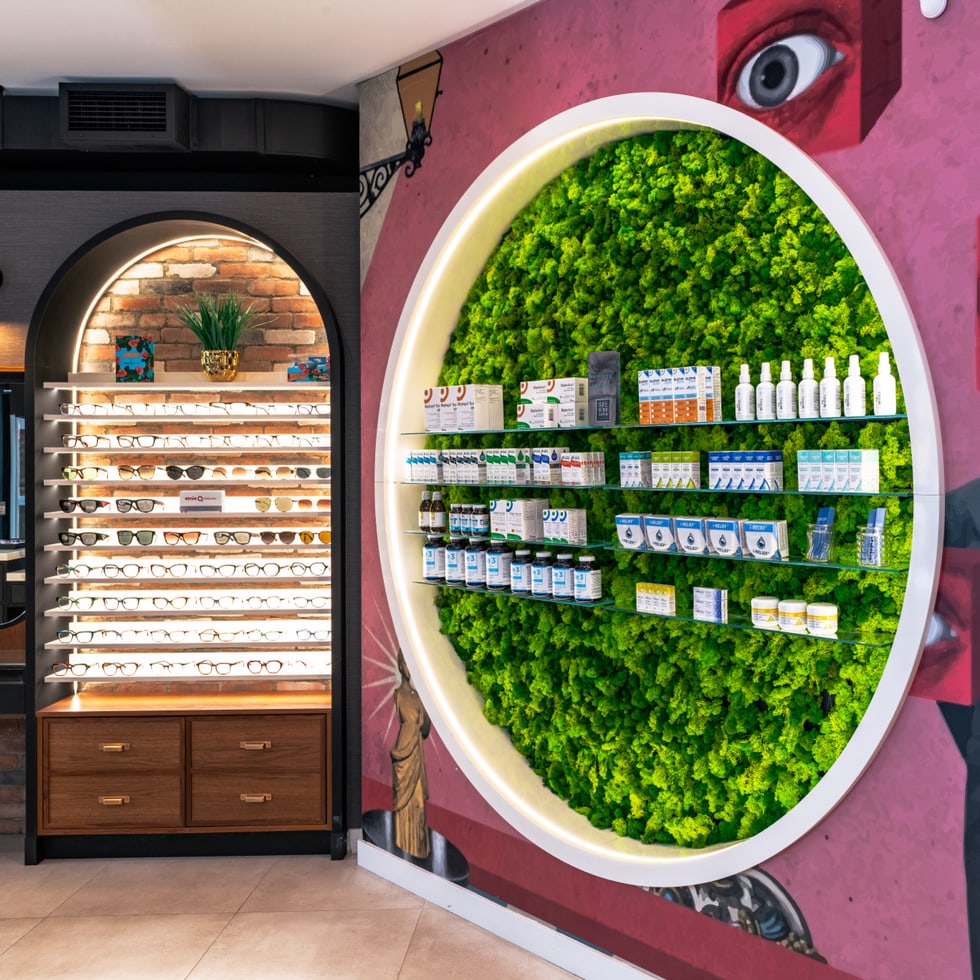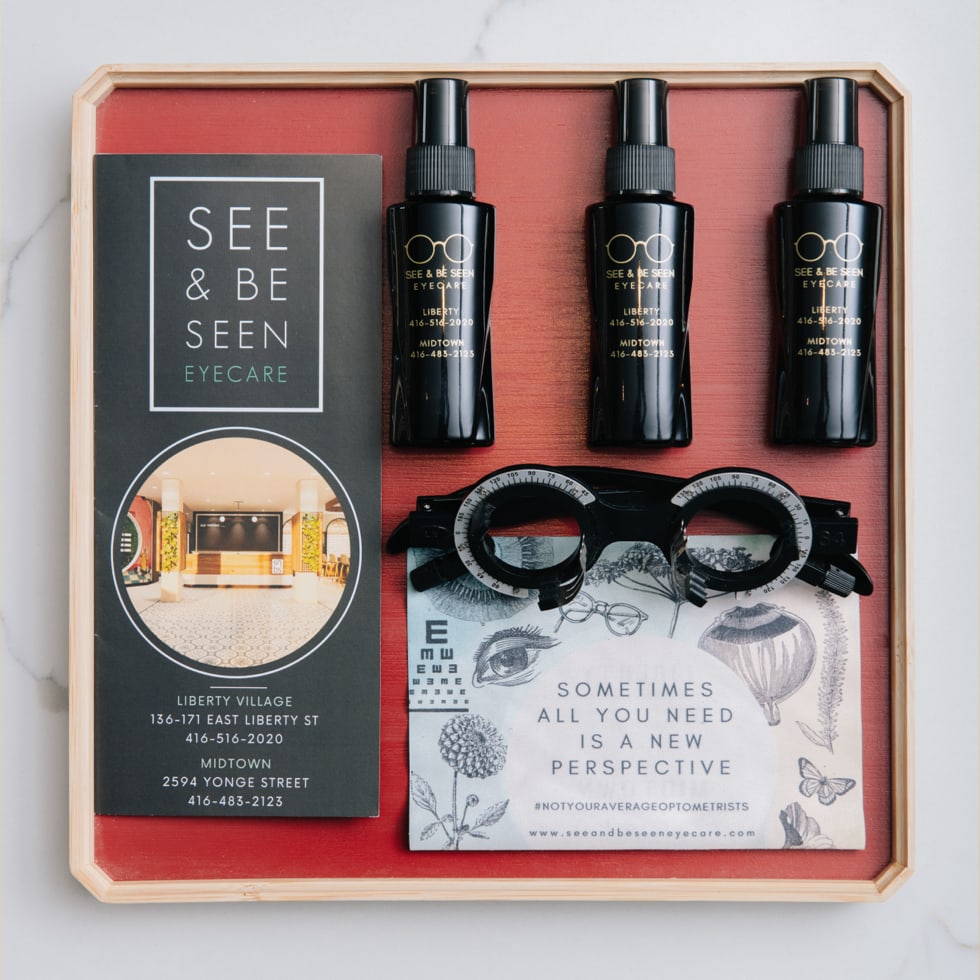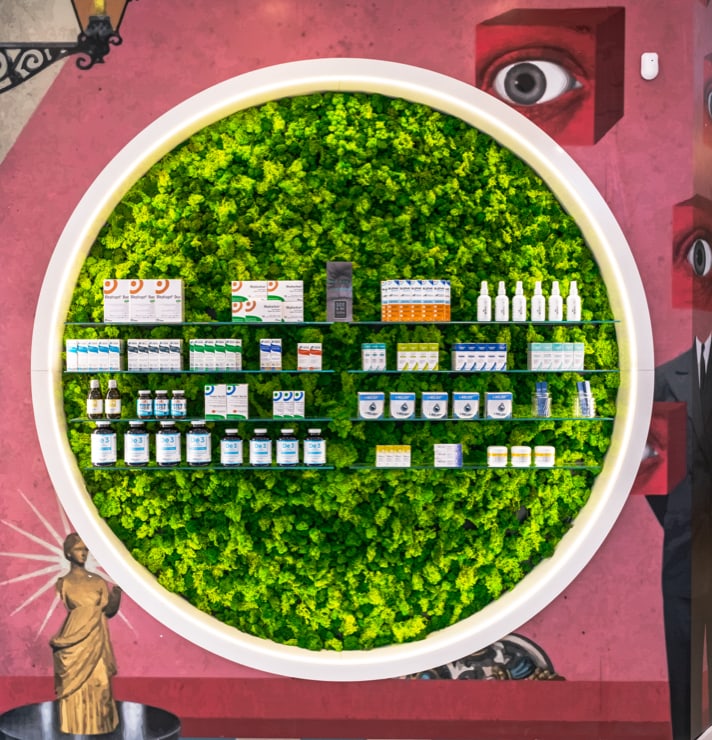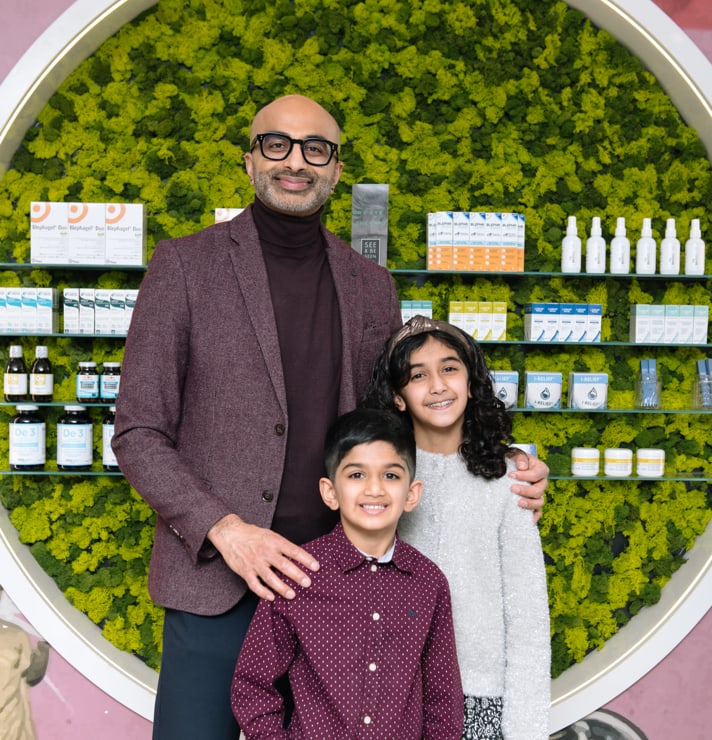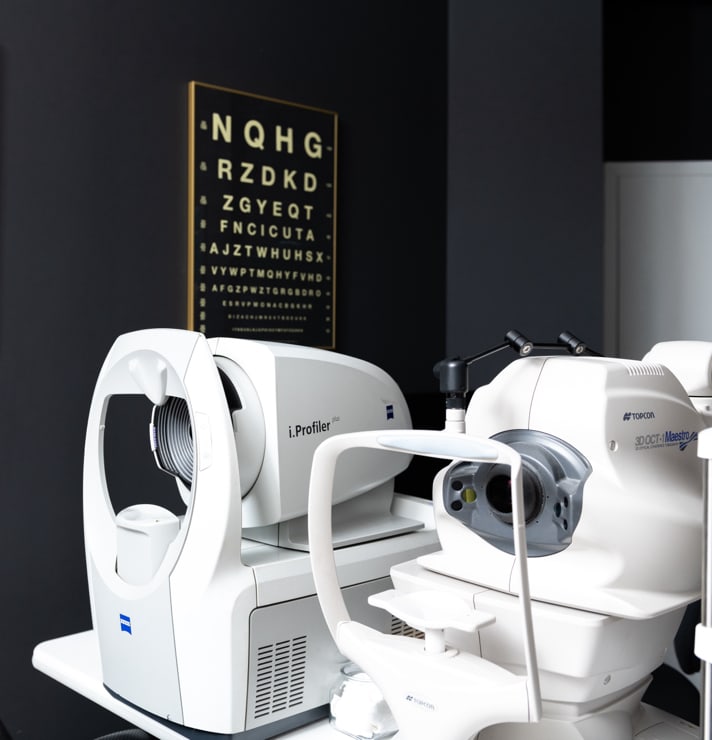Imagine a treatment for meibomian gland dysfunction (MGD) that not only relieves the symptoms of active inflammation but also improves the overall health of the eyelids and the quality of the tears.
Intense pulsed light (IPL) therapy is a non-invasive procedure that uses light energy to target the root cause of MGD, reducing inflammation and improving the function of the meibomian glands.
What Is Meibomian Gland Dysfunction?
Meibomian gland dysfunction (MGD) is a common eye condition that occurs when the meibomian glands, which produce an oily substance called meibum, become blocked or malfunction. Symptoms of MGD include:
- Dry eyes
- A feeling of grittiness or sand in the eyes
- Redness
- Eyelid inflammation
The condition is more common in older adults but can affect people of any age. It’s also more likely to occur in people who have certain risk factors, such as:
- Wearing eye makeup
- Wearing contacts
- Spending a lot of time in front of digital devices or computer screens
MGD is typically diagnosed by an eye doctor during a routine eye exam. Your doctor may use special tools, like a microscope or a special light, to examine the meibomian glands and assess the quality and quantity of the oils they produce.
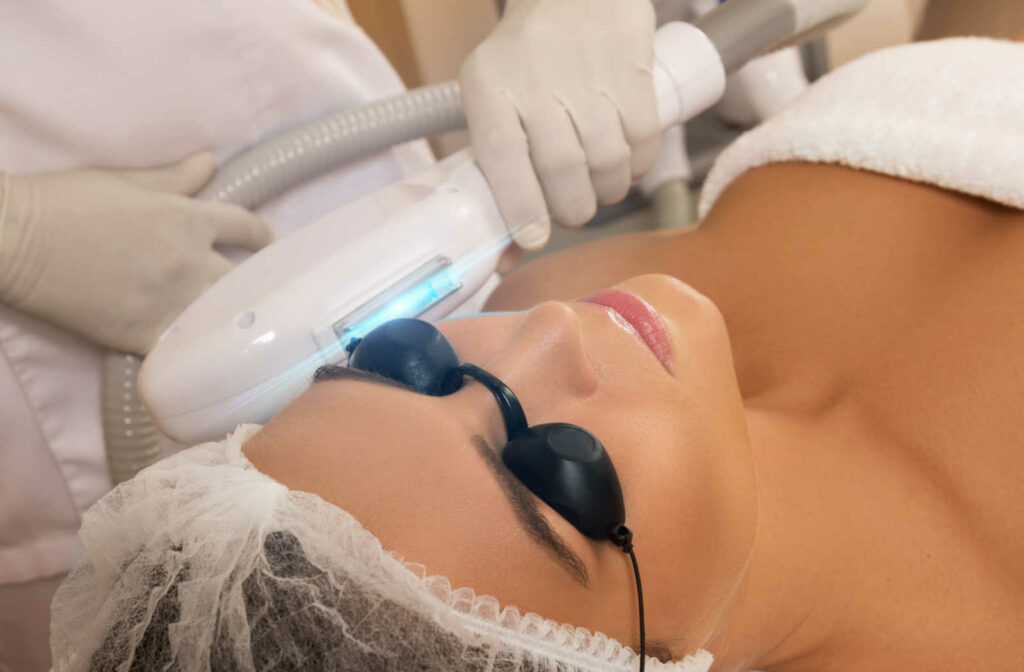
What Is Intense Pulsed Light Therapy?
One treatment option for MGD is intense pulsed light (IPL) therapy. This is a non-invasive procedure that uses a special device to emit short bursts of light energy surrounding the eye.
The light energy is absorbed by the cells in the meibomian glands, which helps to break up blockages and improve the flow of oils. When light energy is absorbed by the skin, it can help to reduce inflammation and improve the function of the meibomian glands and helps improve the texture of your skin too!
What Happens During an IPL Session?
During an IPL treatment session:
- A gel is applied to the surface of the eye to protect the cornea
- The IPL device is then held close to the eye, and a series of pulses of light are delivered.
- Each pulse lasts for only a few milliseconds, and the entire treatment typically takes about 15–20 minutes.
IPL therapy is generally well-tolerated, and most people don’t experience significant side effects. Some people may experience mild discomfort or redness immediately after the treatment, but these symptoms usually resolve quickly.
It usually takes multiple sessions of IPL to see improvement in MGD, and the frequency of these sessions varies depending on the severity of MGD and the individual patient’s response. Some patients may see improvement after just a few sessions, while others may need more frequent or prolonged treatment.
Other Ways to Treat MGD
Treatment for MGD depends on the severity of the condition and may include a combination of lifestyle changes and medical treatments.
Some lifestyle changes that can help reduce symptoms of MGD include:
- Blink frequently: Blinking helps to spread the oils produced by the meibomian glands across the eye’s surface, which can help to keep the eye lubricated and prevent dryness.
- Use artificial tears: Artificial tears, also known as lubricating eye drops, can help to moisten the eyes and relieve dryness.
- Reduce screen time: Spending long periods staring at a computer or other digital device can cause the eyes to become dry and irritated, so reducing screen time can help to reduce symptoms of MGD.
- Lid hygiene: Keeping the eyelids clean can help to reduce inflammation and bacteria buildup. This can be done by gently cleaning the eyelids with a mild, non-irritating cleanser and a soft cotton swab.
- Oral omega-3 supplements: Omega-3 fatty acids have anti-inflammatory properties that may help to reduce symptoms of MGD.
Radiofrequency Therapy
Another treatment option for MGD is radiofrequency (RF) therapy. This is a non-invasive procedure that uses heat energy to target the meibomian glands, helping to improve their function and reduce inflammation.
RF therapy can be done in-office and is typically well-tolerated by patients. Studies have shown that RF therapy can improve symptoms of dry eye and meibomian gland dysfunction. RF has also been used for esthetic purposes to increase collagen formation which serves to make your skin more soft and even.
Like the other procedures, it is important to consult with a qualified eye-care professional to determine if this therapy is appropriate for you and to discuss any potential risks or benefits.
Ask Your Optometrist for Guidance
MGD can cause significant discomfort and negatively impact your quality of life, but the good news is that there are effective treatment options available.
If you are experiencing symptoms of MGD, it’s important to book an appointment to speak with an eye care professional at See & Be Seen Eyecare to determine the best treatment plan for you.
With the right treatment, you can alleviate your symptoms and improve your overall eye health.

